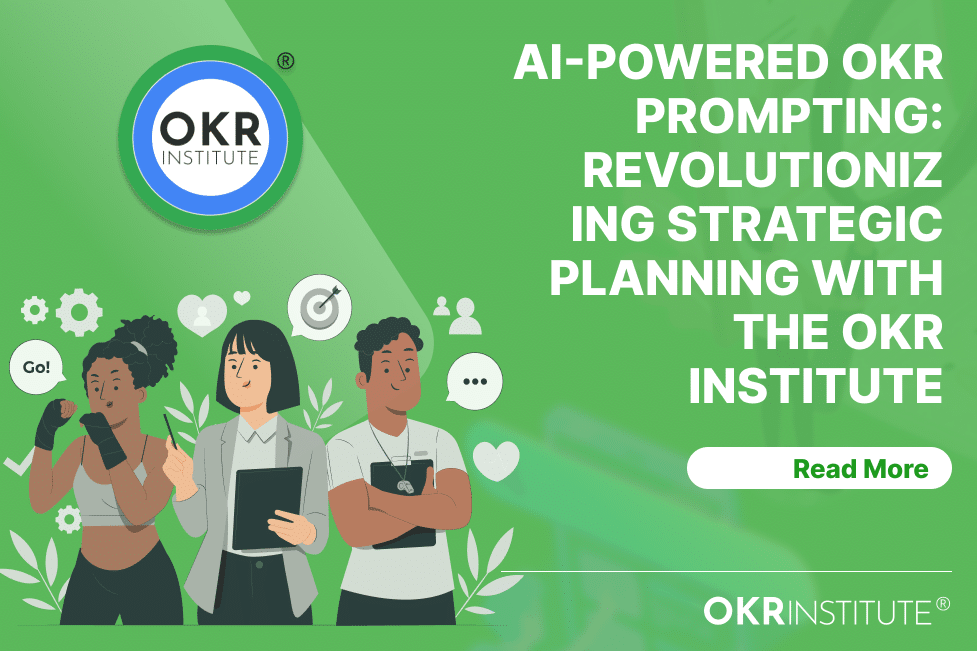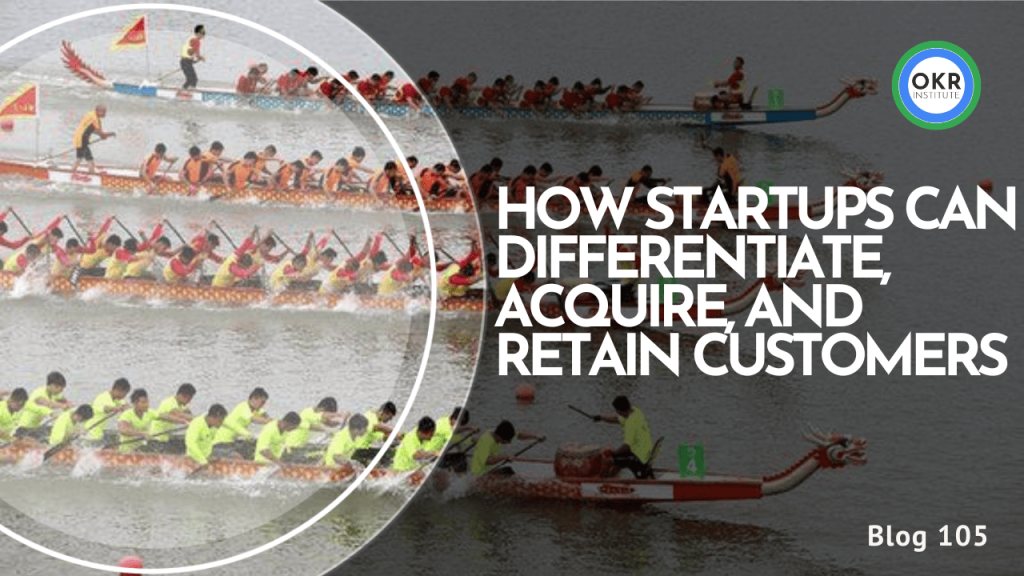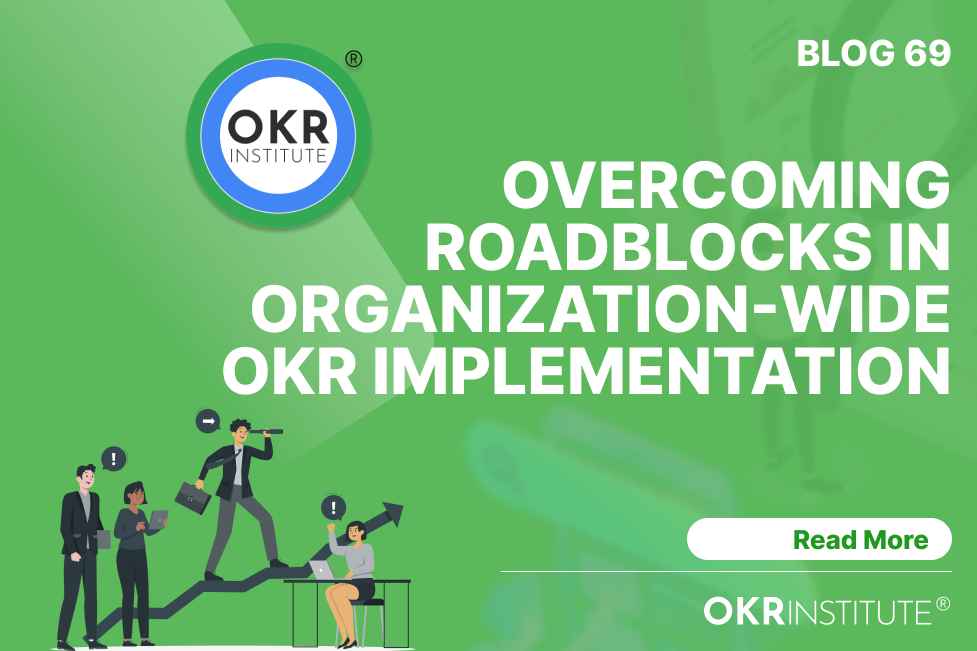How Agile methodologies and Goal setting frameworks complement each other

How Agile Methodologies and Goal Setting Frameworks Complement each other.
You do not have to choose between Agile methodologies and goal-setting frameworks such as OKRs and KPIs, as they all complement each other. It is a matter of perspective:
When you view all Agile methodologies and goal-setting frameworks as part of a more extensive performance ecosystem’, this broader view will enable you to utilize and integrate all the abovementioned methodologies sustainably and to great advantage the company.
Agile can be defined as:
‘ It is a mindset and a method for improving innovation through deep customer collaboration and adaptive testing and learning
The Harvard Business Review
OKRs and KPIs
There is a multitude of debates out there centered around which methodologies in terms of new ways of working and goal setting are better than others:
Some favor KPIs over OKRs, for example. It is not a debate worth having because OKRs complement KPIs and vice versa. Sprints can be part of your action plan to achieve critical results, and Epics and User stories can be part of your OKR frameworks.
Concerning Agile methodologies and goal-setting frameworks, it is not an ‘either/or scenario’; instead, it is a matter of integration and alignment.
KPIs, generally speaking, measure the health of your business. An ‘unhealthy KPI’ such as a decline in sales can be improved upon through an OKR framework, and an actualized OKR can become a KPI.
An operationalized purpose underpins OKR performance, and OKR frameworks should be executed with the company’s value system as behavioral standards to ensure alignment with the company culture.
As a clear example, Nokia had a highly worthy purpose of CONNECTING PEOPLE. This Purpose, unfortunately, slid downwards in their rankings of priorities as they were in a robust acquisition mode.
At the same time, Apple took the purpose of CONNECTING PEOPLE to heart and operationalized it as a priority; by making their devices simple and through sleek and eye-catching designs, they genuinely connected people, and the rest is history.
When teams are truly connected to an operationalized purpose, that in itself can be a significant driver of performance – when a flight attendant sees herself not only as a person who serves others on a flight but as one who connects others to what matters (their families, jobs, careers) she will be likely to pay more attention to what she says and does to serve others better.
OKRs, KPIs, Scrum, and Agile project management are optimal when aligned to a growth culture exemplified by the company’s values. Decisions taken during the deployment of any of these methodologies, or a combination thereof, should be filtered through the company’s or teams’ value system to ensure validity and alignment. E.G., ‘Can we execute this project according to our internal definition of INTEGRITY and with a high degree of EXCELLENCE (our core values)
Click here to understand more about other agile methodologies such as Scrum
Traditional functions and Agile Teams
Traditional functions of the organization can also complement all Agile methodologies and goal-setting frameworks when layers of bureaucracy are removed. All departments do not have to transform to ‘Agile’ during a transformation from a traditional organization to an Agile organization.
For example, the IT, software development, and HR departments may transform into Agile teams and working methods. In contrast, the finance department can function as expected. Still, close communication and collaboration between the abovementioned teams and the finance department must break down the usual layers of bureaucracy to ensure a high speed of applying the necessary financial resources to Agile projects. Here are some new ways of working becoming more prevalent in organizations
The above must be underpinned by an Agile mindset and new ways of working at the organization’s strategic level. Full stakeholder buy-in into Agile methodologies is only possible when the top layers of management commit to and partakes in immersive learning experiences of Agile.
By :
- clarifying the change Vision,
- creating a classification of teams,
- prioritizing strategies
- and breaking down bureaucracy
- operationalizing the purpose statement of the company
- The top management is Now supporting new ways of working.
The Leadership/management balance is a critical success factor in the sustainable deployment of Agile methodologies. Although financial controls such as budgets, HR controls such as leave and payrolls, and operational controls such as standard operating procedures must be in place to avoid chaos, layers of bureaucracy must be removed to support Agile working methods. At the same time, strong leadership must be in place to make the practice of all the abovementioned methodologies viable and sustainable:
Teams must be inspired, and leaders must create an environment of shared values and trust for the teams to innovate and thrive.
Join our OKR Leadership course to understand more about the Transformation from a Traditional organization to an Agile organization:
Talent Development Director of the OKR Institute
Related Courses
Recent Posts
Tags
#OKR
#OKR Coaching
#OKR Coach







